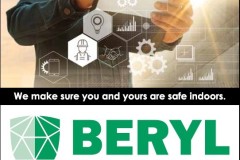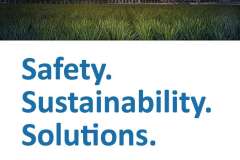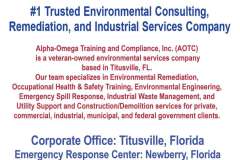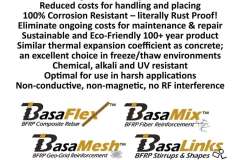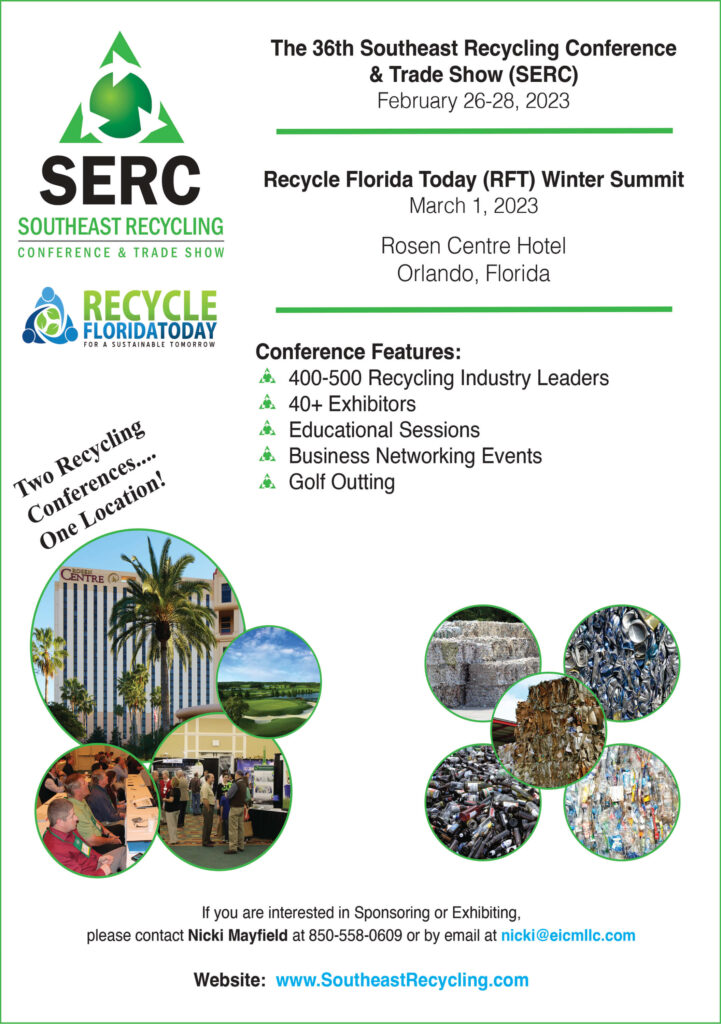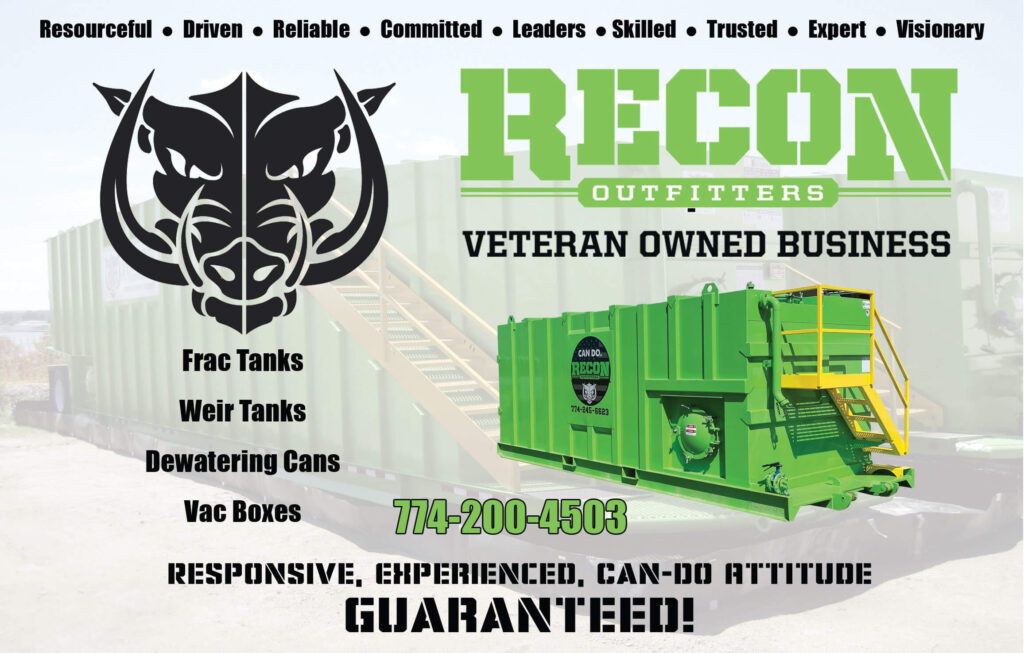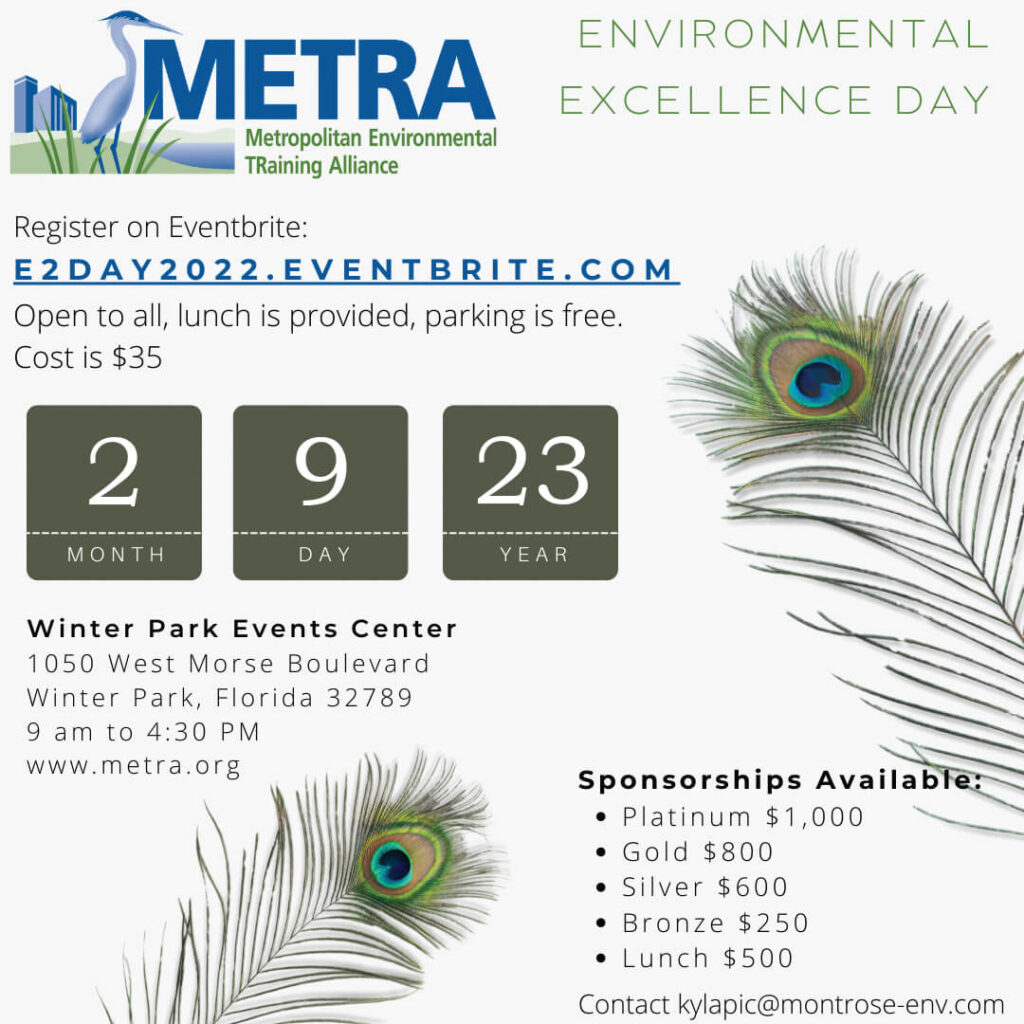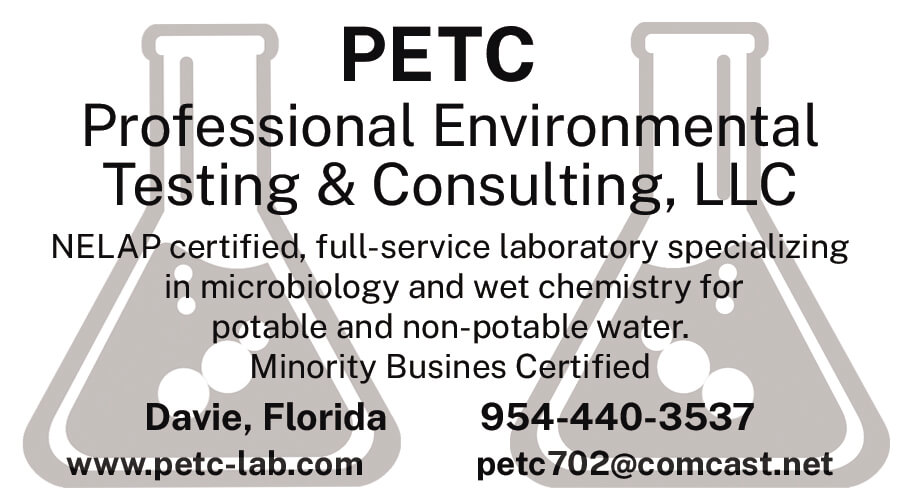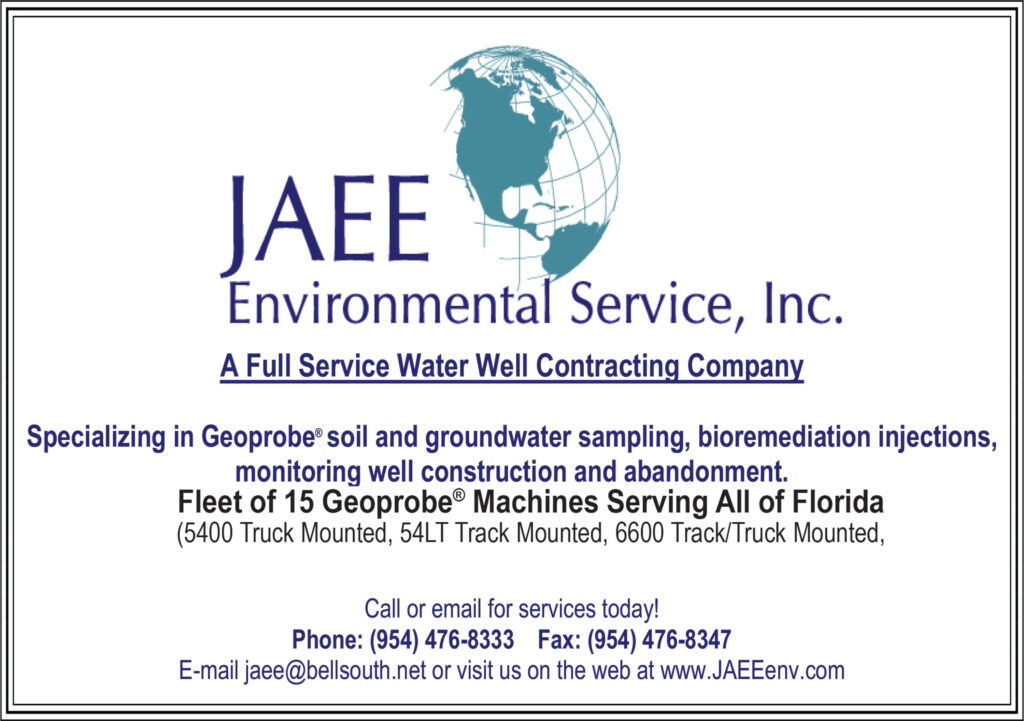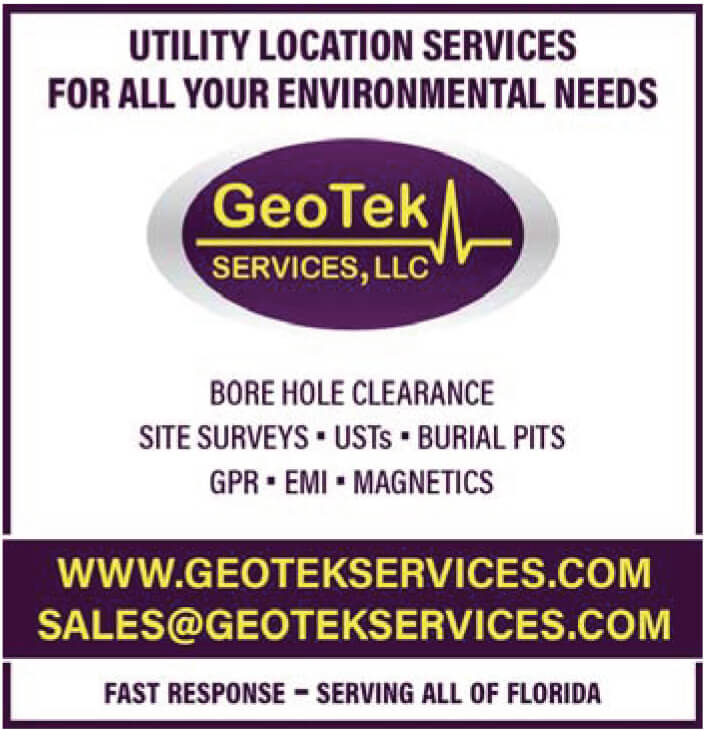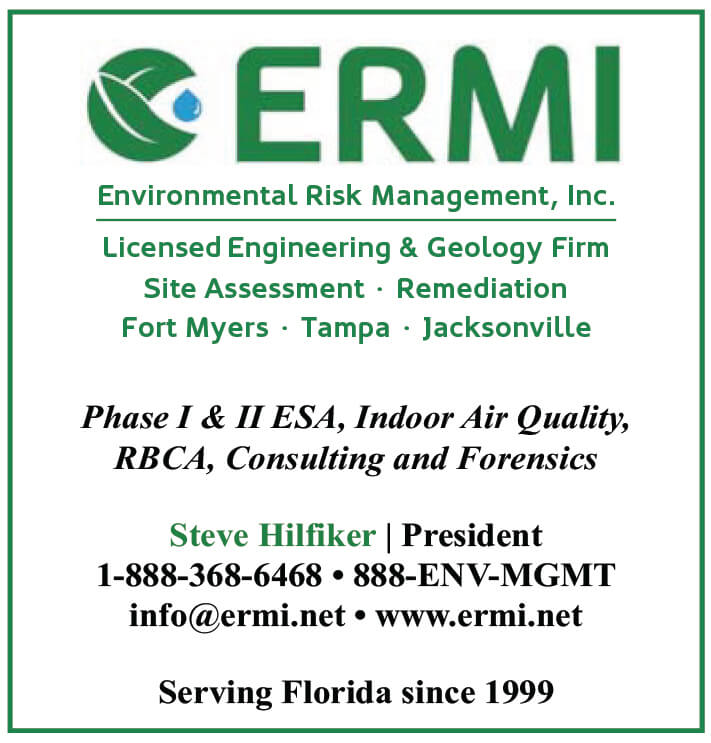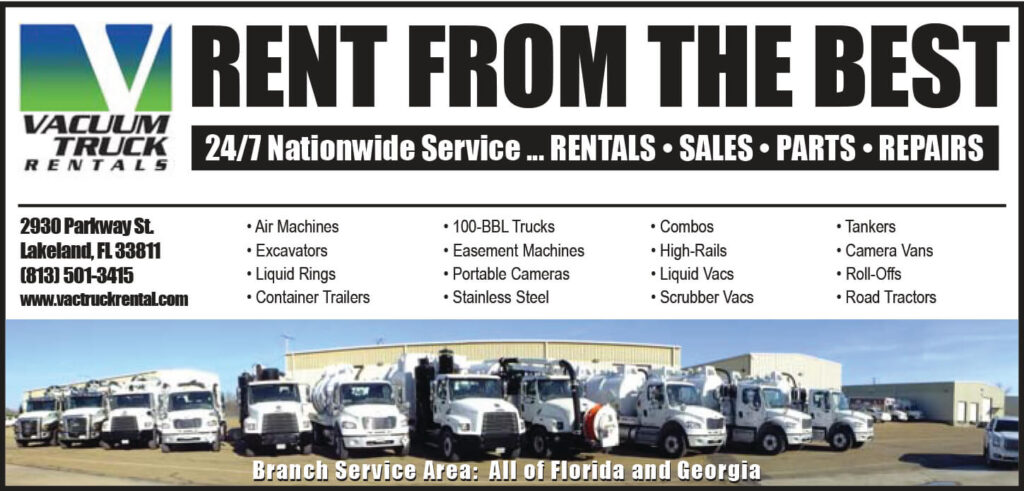By KAREN J. DEETER, Senior Consultant, MSW Consultants
The U.S. Environmental Protection Agency (EPA) has included a circular economy approach in its National Recycling Strategy.

According to EPA, “A circular economy reduces material use, redesigns materials to be less resource intensive, and recaptures ‘waste’ as a resource to manufacture new materials and products.”
EPA also states, “Circularity is embraced within the sustainable materials management (SMM) approach that EPA and other federal agencies have pursued since 2009.”
Currently, most of the world, including the U.S., relies on a linear economy — the extraction of resources, which are then turned into products to be used and discarded, a take-make-dispose mentality.
A circular economy, on the other hand, extends the lifecycle of products through recycling, reuse, repair, sharing, and renting. A circular economy must also include changes in business models from design through production and consumption, and these models encourage innovation and create jobs.
Only 8.6% of the world’s economy is circular, according to the Circularity Gap Report (CGR) 2022.
In the past six years, half a trillion metric tons of virgin materials have been consumed by the global economy. These materials include minerals, ores, fossil fuels, and biomass, most of which end up as discards.
According to the United Nations Environmental Plan (UNEP), the global economy could benefit by $2 trillion per year by managing resources through a circular economy.
With less than 9% of the world’s economy being circular, it will take a long time for nearly 100% of all raw resources to be recycled.
The benefits for businesses are primarily through entrepreneurial opportunities leading to a more stable material supply, new profit opportunities, and growth of demand for services. These opportunities also lead to stronger customer relationships.
The longer the goods produced by a business stay in the hands of users, through refurbishing, as parts, or as recycled materials, the more profit the company makes.
The environmental benefits of changing to a circular economy are as significant as the economic and job creation benefits. A circular economy leads to less greenhouse gas emissions, preservation and replenishment of important soil, air, and water bodies, and conservation of natural resources.
Circular economy models are not new, although new to many people and organizations. China passed the Circular Economy Promotion Law in 2008, and the Circular Economy Action Plan was passed by the European Commission in 2015.
The waste management group Ragn-Sells, based in Sweden with companies in Denmark, Norway, and Estonia, has transitioned to circularity. (For an overview of Ragn-Sells and the circular economy, visit youtu.be/DRvjkp6JLl4. The company is a third-generation business that goes back to 1881 and now has three business areas, recycling, treatment and detox, and the development of new value chains.
The levels of valuable raw materials in mines are decreasing. According to Ragn-Sells, “In 1850, copper ore contained an average of around 20 percent copper. Today we mine copper containing 0.2 percent in Sweden. This requires us to rethink. Ragn-Sells and Swedish mining giant LKAB are now collaborating on the mining of rare earth metals and phosphorus from mining waste.” The company is also engaged in landfill mining, where they find and remove contaminants, process them and produce usable metals. An example is pulling copper out of bottom ash.
Unfortunately, many obstacles currently prevent the transition to a circular economy. Legislation and international agreements are needed to protect the supply of critical raw materials, especially scarce earth metals often found in conflict-heavy areas of the world. Legislation is also needed to allow for the dismantling of products to allow for repair and complete recycling. Currently, economic incentives provide for more extraction of virgin raw materials instead of recycling those materials already in circulation.
On the user/customer side, there must be increased demand for recycled products which can then be refurbished or recycled. Governments can participate in increasing demand by procuring these products instead of only new, non-recycled products.
On the business side, companies must find ways to be profitable in a circular economy, requiring new business models, innovation, and the facilitation of technological development.
All of us can do our part by buying recycled products when possible, donating no longer needed products for refurbishment or reuse, recycling items that can be recycled, and supporting legislation toward a circular economy.●
Karen J. Deeter is a Senior Consultant with MSW Consultants, a solid waste consulting firm based in Orlando. She was previously the Waste Collection Manager and then Solid Waste Director for Alachua County. Ms. Deeter served on the Board of the Florida Chapter of SWANA for many years, including a term as Chapter President. In March of 2021, she completed Circular Economy – Sustainable Materials Management, an online non-credit course offered through Coursera and authorized by Lund University, EIT RawMaterials, VITO, Geological Survey of Denmark and Greenland, National Technical University of Athens, Ghent University, and Delft University of Technology.
Did you Know?
There are three circular economy incubators in the U.S. The Resource Innovation and Solutions Network (RISN) Incubator in Phoenix waslaunched in 2016. The Austin Technology Incubator (ATI) at the University of Texas at Austin was launched in 2018, and the New York City Curb-To-Market Challenge (CTMC) was launched in 2019.
More Online
While many municipalities and organizations in the U.S. are working toward a circular economy approach, Europe is ahead in implementing these policies. The worldwide Circular Economy Club includes locations in Florida in Miami and Orlando. For more information, go to, www.circulareconomyclub.com.

